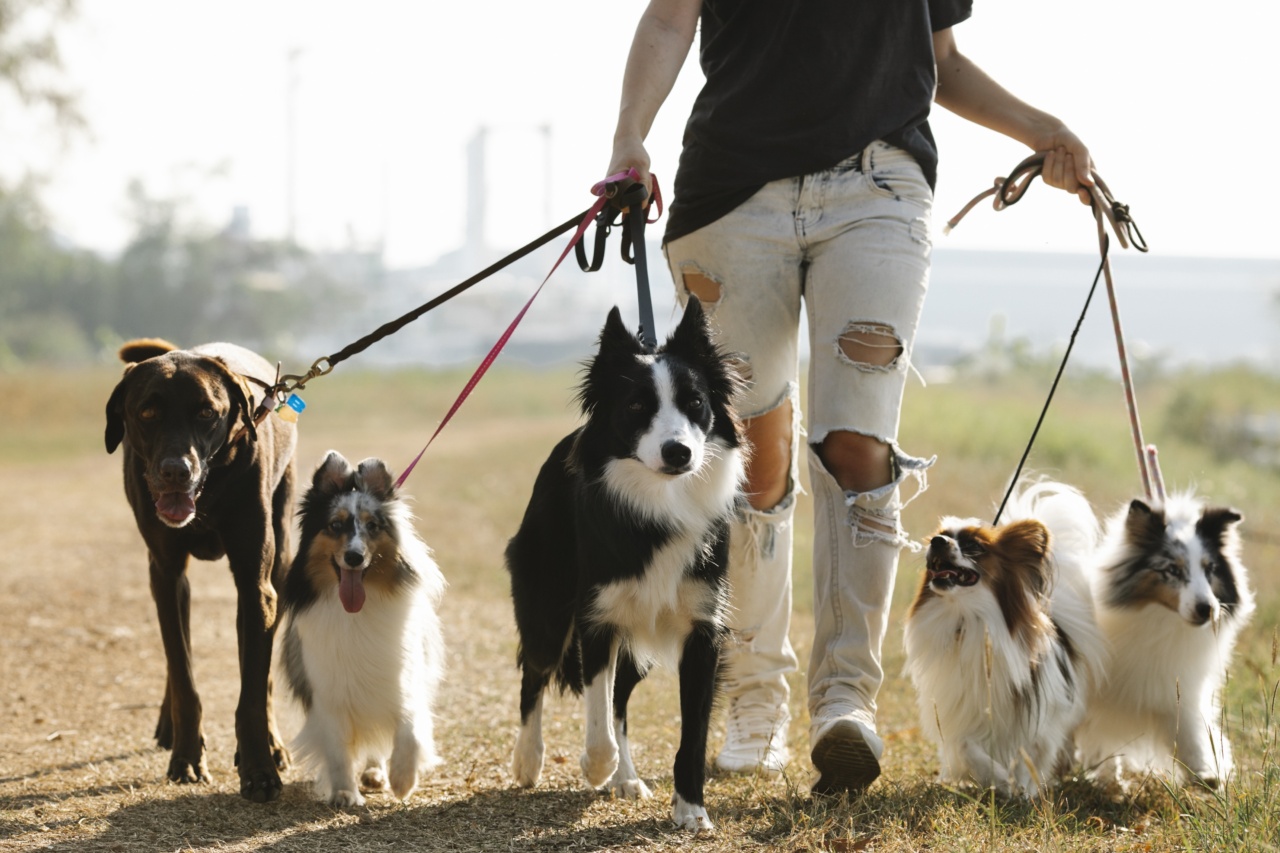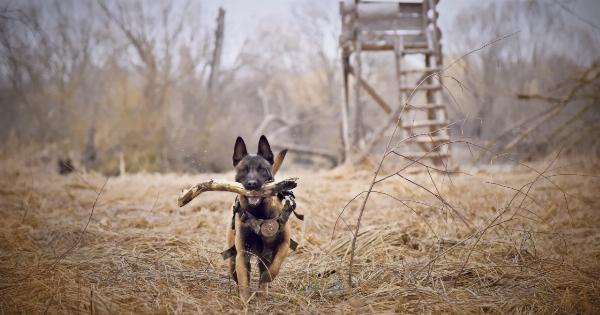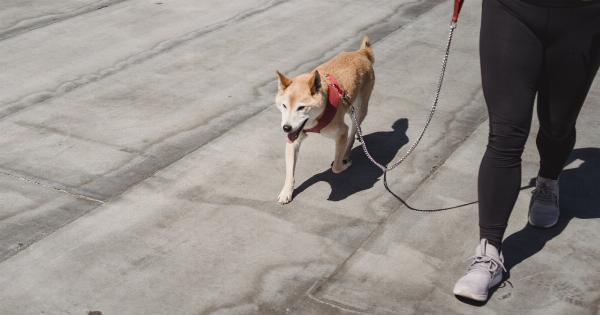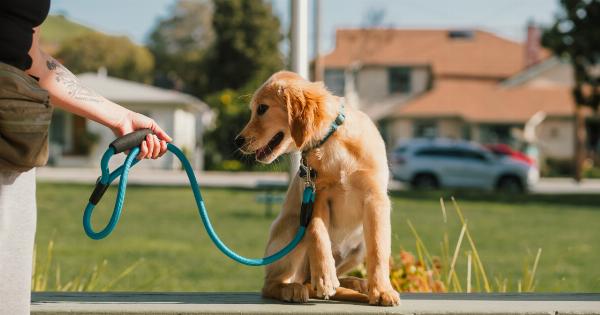Walking your dog is not only a great way to keep them physically active and healthy, but it also provides an opportunity for bonding and mental stimulation.
However, some dogs may be reluctant to walk or exhibit leash pulling behaviors that make the experience less enjoyable. If you’re struggling to get your dog to walk with you, fear not! With a little patience, consistency, and positive reinforcement, you can encourage your furry friend to walk happily by your side.
Here are some effective strategies to help you achieve that:.
1. Start with Proper Leash Training
Before embarking on a walk, it’s important to ensure that your dog is comfortable wearing a leash and understands how to behave while on it. Introduce your dog to the concept of walking on a leash gradually.
Begin indoors, attaching the leash to their collar, and allow them to roam around freely while holding onto the other end. Reward your dog with treats and praise for good behavior such as not pulling or tugging at the leash.
2. Use Positive Reinforcement Techniques
Dogs respond well to positive reinforcement, so be sure to reward your dog for desired behaviors during walks. Carry small treats or use verbal praise when your dog walks calmly beside you, maintains a loose leash, or listens to your commands.
Positive reinforcement helps to create an association between good behavior and rewards, motivating your dog to repeat those behaviors in the future.
3. Make Walks Fun and Engaging
Enrich your dog’s walking experience by making it enjoyable and stimulating. Vary your walking routes to provide new scents and sights for your dog to explore.
Allow them to sniff and investigate their surroundings, as it’s an important way for them to gather information. Incorporate short training sessions during walks to engage your dog mentally and strengthen their bond with you.
4. Gradually Increase the Duration and Intensity of Walks
If your dog is not accustomed to long walks or tends to tire easily, start with shorter walks and gradually increase the duration and intensity over time. Pace your walks based on your dog’s age, breed, and fitness level.
Building up their endurance and stamina gradually will help prevent exhaustion and injuries while ensuring a positive walking experience.
5. Address Leash Pulling Behavior
Leash pulling can make walks frustrating and unpleasant for both you and your dog. To discourage this behavior, immediately stop walking whenever your dog pulls on the leash. Stand still and wait for your dog to relax and release tension on the leash.
Once they do, praise and reward them, then resume walking. Consistency is key to teaching your dog that pulling will not be rewarded with forward movement.
6. Use Proper Walking Equipment
Using appropriate walking equipment can significantly improve your dog’s walking experience and your control over their behavior.
Opt for a sturdy, well-fitting harness that attaches to the leash at the back instead of using a collar, which can cause strain on your dog’s neck. Avoid retractable leashes as they can promote pulling behavior and reduce your ability to direct your dog effectively.
7. Socialize Your Dog
Socializing your dog with other dogs and people is important for their overall behavior, confidence, and enjoyment of walks. Regularly expose your dog to different environments, encounters with friendly dogs, and interactions with various individuals.
This exposure will help them become more comfortable and well-behaved during walks, reducing anxiety and reactivity.
8. Seek Professional Help if Needed
If you’re struggling to encourage your dog to walk with you despite your best efforts, don’t hesitate to seek professional help.
A professional dog trainer or behaviorist can provide guidance tailored to your dog’s specific needs and help you address any underlying issues that may be hindering their walking behavior.
9. Be Mindful of Your Dog’s Health
Ensure that your dog is in good health and physically capable of walking for extended periods.
If you notice any signs of discomfort, limping, or excessive fatigue during walks, consult with your veterinarian to rule out any underlying medical conditions. Regular check-ups and maintaining a balanced diet are essential for your dog’s overall health and energy levels.
10. Enjoy the Journey with Your Dog
Remember that walks with your dog should be enjoyable for both of you. Embrace the opportunity to spend quality time together while exploring the great outdoors.
Use walks as a chance to reinforce your bond, practice training commands, and marvel at the wonders of nature. The joy and companionship you experience during your walks will strengthen the relationship you share with your four-legged friend.































